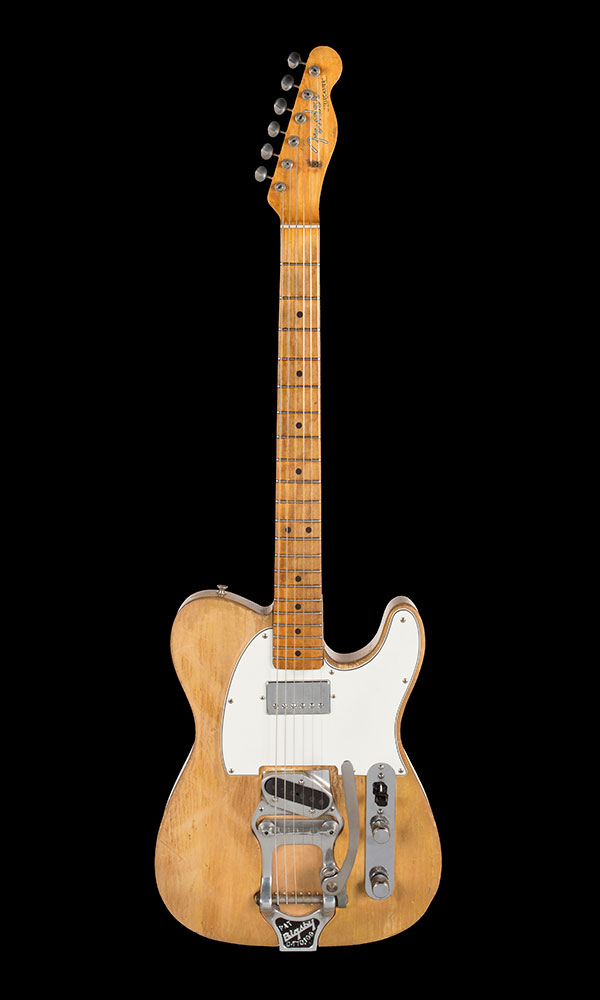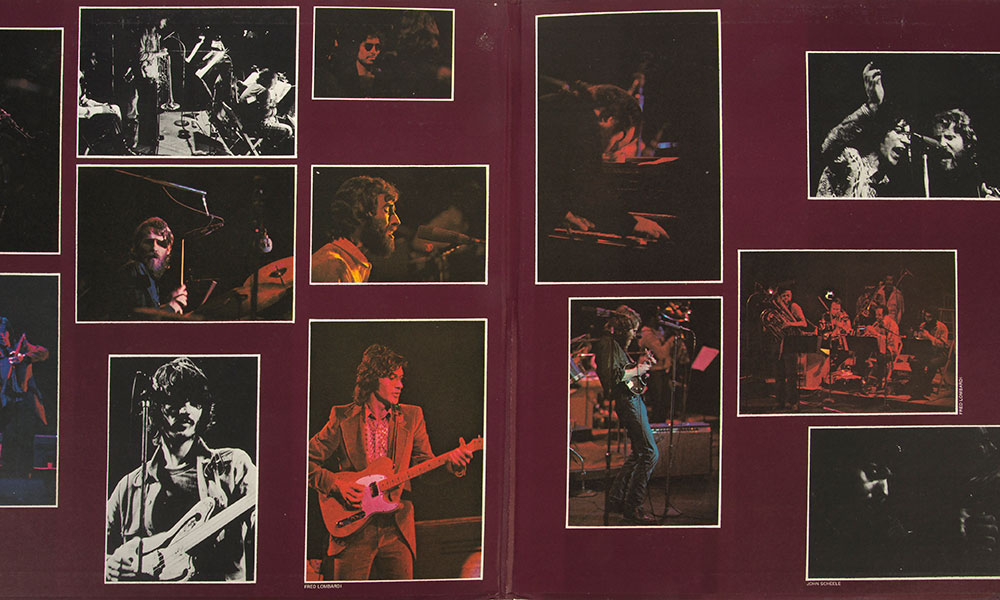I admit it: I wasn’t always a big fan of Bob Dylan’s music. When I was a kid, my mom had two of his LPs from her girlhood collection—Blonde on Blonde and New Morning—and I vividly remember putting them on the living room turntable and wondering why I’d made such a horrible decision. That voice! All the words! Yuck, I thought, and went back to playing with my G.I. Joes.
But as I got older, and my taste in music became a little more refined, I realized the mistake I’d made all those years ago. Dylan wasn’t just some garrulous, off-key faux-hemian; he was a true poet, wordsmith, historian and legend. His voice was actually pretty cool, if you thought about it for awhile; who else sounded like him? It had a lot more soul than some of the junker pop stars of the day. And certainly, contemporaries such as Donovan and Jim McGuinn (of The Byrds) aped his singing style, so they must’ve seen something in it. In short, he’d influenced all of my favorite bands, in some way, shape or form. And he’d done it all by himself. When I discovered his connection to Saratoga Springs—my hometown—it was all over for me.
***

Dylan had cut his teeth onstage at Caffè Lena, when it was just him, his sneery, talky voice and an acoustic guitar. And fans loved him for it. They ate up that folk aesthetic, and that’s what they came to respect him for and identify him with in those early years. And then, as the story goes, in 1965, he showed up at the Newport Folk Festival with a Fender Stratocaster electric guitar, and all hell broke loose.
That day, folk purists were mad as hell when he launched into a plugged-in version of “Maggie’s Farm,” and they legendarily began booing at him. (That fact has been disputed, of course.) But what really happened that day was something much more monumental than anyone could’ve known at the time: Dylan was showing that “the norm” wasn’t his bag, and just as he had first shaken up the folk scene and ended up influencing supposedly un-influence-able bands such as The Beatles (see the acoustic numbers on Rubber Soul), he was doing the same for the folk music status quo—hell, all of music. Right there on the stage, he was heralding in a new era of rock and roll.
Around that time, Dylan started playing a Fender Telecaster electric, owned by touring bandmate Robbie Robertson, which he used on some of his most famous recordings—and extensively, on his “going electric” tour in ’66. (At that time, Robertson was a member of The Hawks, who later became known as The Band, one of the most influential Americana bands in music history.) That Tele would also be passed around like a peace pipe, played by guitar gods such as Eric Clapton and George Harrison. Some of the recordings its twangy tone made its way onto? Dylan’s rare guitar solo on “Leopard-Skin Pill-Box Hat” on Blonde on Blonde (among other tracks); Dylan and The Band’s Basement Tapes, initially recorded in ’67 and released in the mid-’70s; and The Band’s seminal eponymous record and the groundbreaking Music From Big Pink, recorded in Upstate New York, just outside of Woodstock in West Saugerties, NY. The guitar was also featured in live performances by The Band at Woodstock, Isle of Wight and Watkins Glen, as well as their ’71 concert album, Rock of Ages (see below.) In short, the guitar is a legend unto itself.

Since the Tele ended up being more of Robertson’s axe than Dylan’s, he held onto it. And now, for the first time ever, he’s putting it on the auction block at Julien’s Auctions at New York’s Hard Rock Cafe on May 29, as part of their annual “Music Icons” sale. It has an estimated hammer price of between $400,000–$600,000—and could easily top that, given its incredible provenance and the fact that it’s been played by a Beatle and Clapton, as well as Dylan and Robertson. (In other words, it will be a desirable score for not just Dylan fanatics.) “The guitar has been on the front lines of so many phenomenal events, I gaze at it with amazement,” said Robertson in a statement. “When I think about all the creativity this guitar has been a part of, I’m still blown away.”
As a guitar player, I can’t help but agree with Robertson’s sentiment; it’s rare that such a historic guitar makes its way to auction, and my hope is that it’ll be bought, preserved and put on loan to the Rock and Roll Hall of Fame in Cleveland, so we can all enjoy it for posterity.
